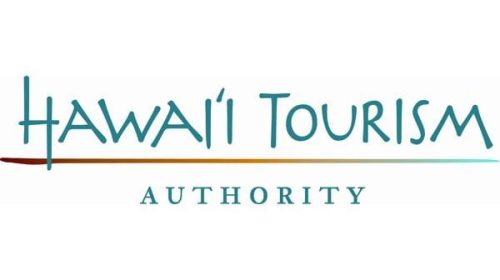When a Stroke Can Lead You on a Virtual Scavenger Hunt
In Hawaii, heart disease and stroke are responsible for almost 4,000 deaths per year. During Stroke Awareness Month in May, the Hawaii Department of Health (DOH) urges everyone to learn the signs and symptoms of stroke and how to prevent this serious condition. Throughout the month of May, Hawaii residents can learn more about stroke symptoms by joining the first Stroke Awareness Virtual Scavenger Hunt.
This hunt is being conducted by the Developmental Disabilities Division’s Neurotrauma Supports program. Scavenger hunt participants are invited to engage in up to 10 listed activities which promote the prevention and awareness of the signs and symptoms of stroke, including a directive to call 9-1-1 immediately if they experience or witness anyone experiencing a stroke. For more information on how to participate, go to: health.hawaii.gov/NoStrokes
“We’re excited about our first virtual scavenger hunt with the Hawaii community,” said Wendie Lino, Community Alternatives Section Supervisor at the Developmental Disabilities Division. “It’s a unique and fun way to learn about the signs and symptoms of a stroke and educate our community, while adhering to the Governor’s ‘Stay at Home’ order. You can participate through the convenience of your smart phone, tablet or computer.”
A stroke occurs when blood flow through an artery to the brain is cut off either by a blockage or because the artery ruptures and bleeds into the brain tissue. Strokes are a serious medical emergency and must be treated immediately.
In the event of a stroke, think “F.A.S.T.” to remember the signs:
F – Face drooping. Is one side of the person’s face drooping or numb? When he or she smiles, is the smile uneven?
A – Arm weakness. Is the person experiencing weakness or numbness in one arm? Have the person raise both arms. Does one arm drift downward?
S – Speech difficulty. Is the person’s speech suddenly slurred or hard to understand? Is he or she unable to speak? Ask the person to repeat a simple sentence. Can he or she repeat it back?
T – Time to call 9-1-1. If any of these symptoms are present, dial 9-1-1 immediately. Check the time so you can report when the symptoms began.
During Stroke Awareness Month in May, the Neurotrauma Supports program encourages those at risk for a stroke and their loved ones to learn the signs, symptoms and what to do quickly. Individuals experiencing a stroke may not realize that it’s happening. Family members or companions who recognize the symptoms can provide lifesaving help.
To reduce the risk of having a stroke:
- Regularly check and control your blood pressure;
- Quit smoking;
- Maintain a healthy weight;
- Eat a healthy diet low in sodium and with five or more servings of fruits and vegetables per day;
- Increase physical activity, aiming for at least 150 minutes of physical activity per week; and
- Properly manage medical conditions, such as high blood pressure, high cholesterol, heart disease and diabetes.
For more information about the signs and symptoms of stroke, visit https://health.hawaii.gov/nt/ or contact the Neurotrauma Helpline at 1 (833) 333-5133.




